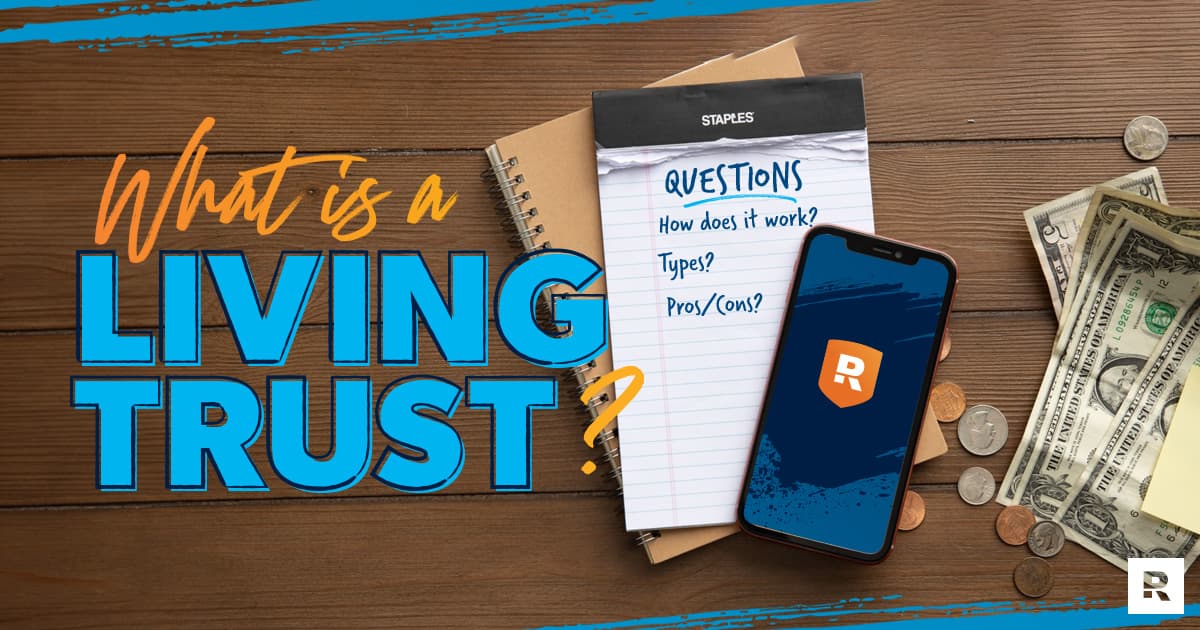

The probate process can end up gifting all your assets to someone you’d rather not have given it to. Probate occurs with or without a will, but not with a well-crafted living trust. Probate is the rigorous process of succession courts deciding the transfer of your assets and property after your death. Both a revocable and an irrevocable trust can be set up individually or jointly with a spouse or family member ( joint trust ). An irrevocable trust becomes a separate tax entity and prevents you from modifying it, except with the consent of all parties involved in the trust. A revocable trust takes effect the moment you set it up and gives you the ability to change your trust with no needed permission as you deem fit. Generally, there are two types of living trusts: a revocable trust and irrevocable trust.


A living trust becomes active while you are still alive - hence the word “living” in it. A revocable living trust, however, is one of the most popular estate planning tools in the U.S because of its flexibility, ease of use, and active timeline. There are many other ways, like wills, with which people can use to dictate what happens to their properties after their demise. Much like businesses plan towards succession when a leader retires, a living trust is one way individuals or a group can plan for their inheritance and assets when they die or can no longer make decisions on their own.Ī living trust is not the only way to plan for your estates.


 0 kommentar(er)
0 kommentar(er)
